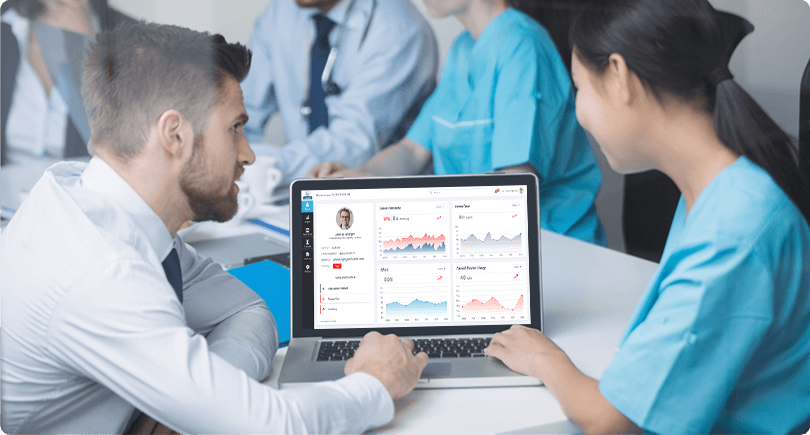Electronic Health Records (EHRs) are meant to ease the everyday workings of physicians, clinicians, and administrative staff in the healthcare sector. As EMR integration solutions grow in popularity, patient expectations toward RPM with EHR integration have followed suit. Remote patient monitoring aids EHR usability to live up to its expectation. Healthcare employees are eased of the burden of spending a considerable amount of time managing EHR data to make it meaningful. It has resulted in a powerhouse tool that integrates EHR documentation and patient interaction.
Some of the biggest healthcare software developers in the market identified the frustrations linked to EHR and began working on innovative solutions to EHR integration for RPM. Artificial Intelligence (AI) is a tool that can turn basic EHR into ‘Smart EHR’ through Machine Learning (ML) and voice recognition technologies. Telehealth solutions can be applied toward improvising patient visits to the clinic or other healthcare organizations for accurate and virtual care availability; the possibilities are endless.
Past Challenges with EHR
- Doctors and clinicians had to spend long hours in front of computers updating and managing EHRs, causing a considerable amount of dissatisfaction with patients as it cuts into the time spent on face-to-face interaction and by the patient’s bedside.
- EHRs were overloaded with unstructured information, and any specific information extraction became tedious. A considerable amount of time was spent locating that particular item through the vast volume of information.
- Real-time inputs were lacking due to non-compatible mobile versions and the limited functionality of EHR systems. This resulted in an impractical approach where doctors had to access desktop versions of the software for accurate inputs.
- Patient record updating, access to lab results, and medication orders were still nascent on mobile apps.
- The documentation requirements of the older EHR systems were very high and added to the cumbersome nature of the technology.
The Current Solution – EMR Integration for RPM
When remote patient monitoring integration technologies are applied toward EHR development, various areas can be automated, significantly increasing the data’s efficiency and quality of patient care.
- Through RPM implementation, EHR data can enhance patient experience and create automated caregiving and clinical visit routes.
- Digital scribes can replace human scribes to reduce a physician or clinician’s time spent on data entry, thereby improving doctor-patient interaction.
- RMP management allows healthcare organizations to automatically update patient EHR and provide a higher quality of caregiving during physical visits.
- EMR monitoring can be deployed at the patient premise, clinics, and hospitals interacting with the RPM devices, comprehending and fulfilling caregiving requirements through telemedicine solutions.
- EHRs can be made meaningful through interactive technologies that allow interaction with a patient’s EHR through voice recognition and NLP, along with an intelligent user interface featuring chatbots.
- Interoperability methods allow multiple healthcare facilities to upload their EHR data onto a common platform for cross-functionality through electronic data interchange.
- Using EMR integration services, context relevance can be embedded into RPM technology to provide relevant and meaningful results and answers.
- Specialty-specific modules can be built into EHR integration services that offer clinicians relevant data, thereby reducing the time spent in front of a computer.
- EHR development is now empowered to significantly improve performance and make decisions without human involvement. This is done through healthcare analytics and intelligent technologies that rely on RPM.
- Functionalities such as voice recognition, facial recognition, predictive and preventive analysis, and spam detection can be incorporated into EHR data systems for further accuracy.
- EHR can be applied toward seamless patient interactions and experiences through RPM implementation on mobile applications.
- Interoperability and modern data exchange can be incorporated through clean data inputs via mobile apps empowered with RPM management to structure data based on intelligent analysis.
Critical Components toward EHR Integration for RPM
1. Do the Groundwork

An important precursor to RPM integration with EMR is for the healthcare organization to clearly understand the patients’ expectations, organizational goals, and physician requirements. One easy way to establish clear goals is by comparing current care delivery methods with how the organization would like to offer remote care. A holistic approach toward deployment requirements can go a long way in ensuring successful EHR integration for RPM.
2. Do the Research
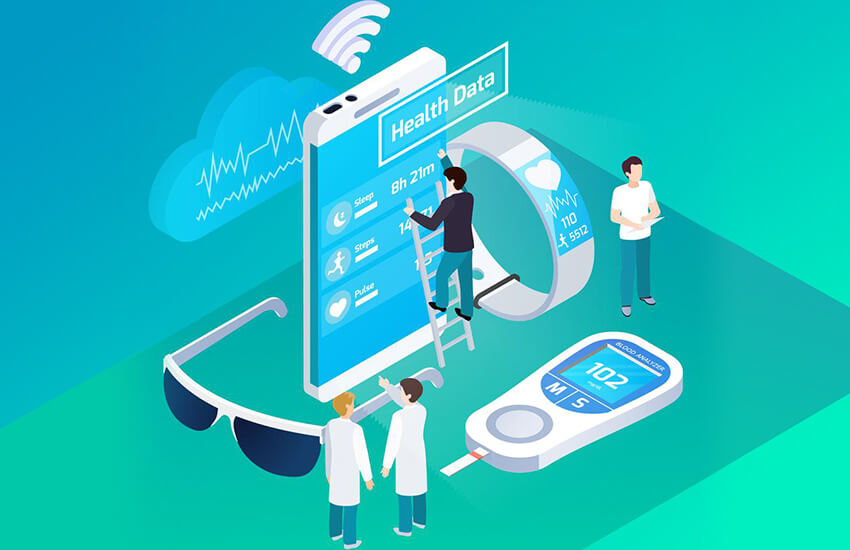
Once the requirements are clearly defined, it is time to research the available technologies for EMR integration for RPM. Technologies and solutions should be identified based on the specific home monitoring devices used, such as glucometers, blood pressure monitoring devices, weight scales, pulse oximeters, etc. Further, healthcare cloud computing technologies can be determined based on program measures and text configuration requirements. While selecting EHR and RPM management technologies, it would be prudent to consider the capacity of the solution to view patient measures, provide EHR information for treatment recommendations, and send alerts for urgent attention.
3. Do Ensure Patient Perspective
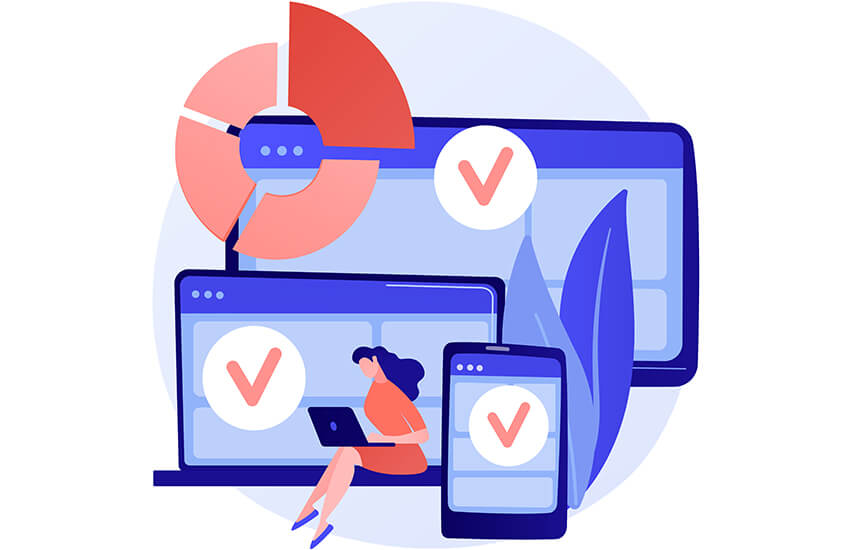
Integrating EMR with RPM should be undertaken at the patient’s convenience. Healthcare organizations should ensure ease of use for patients, easy deployment on patient devices, and other conveniences that can increase patient acceptability. This is where cross-functionality, multi-device usability, and RPM monitoring across multiple platforms come into play. Healthcare organizations must decide if the RPM device will be patient-owned or practice-owned.
4. Do Meet Staffing Requirements
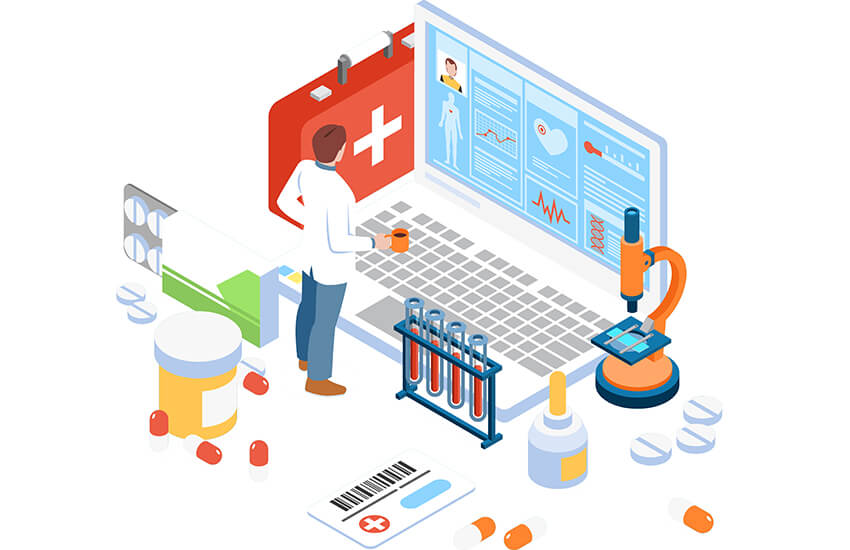
The other crucial entity, apart from the patient, will be the staff that needs to use the RPM/ EHR technology. It is highly beneficial to factor in their opinions during the development phase, as they will eventually rely on technology integration.
5. Do Set Up Support
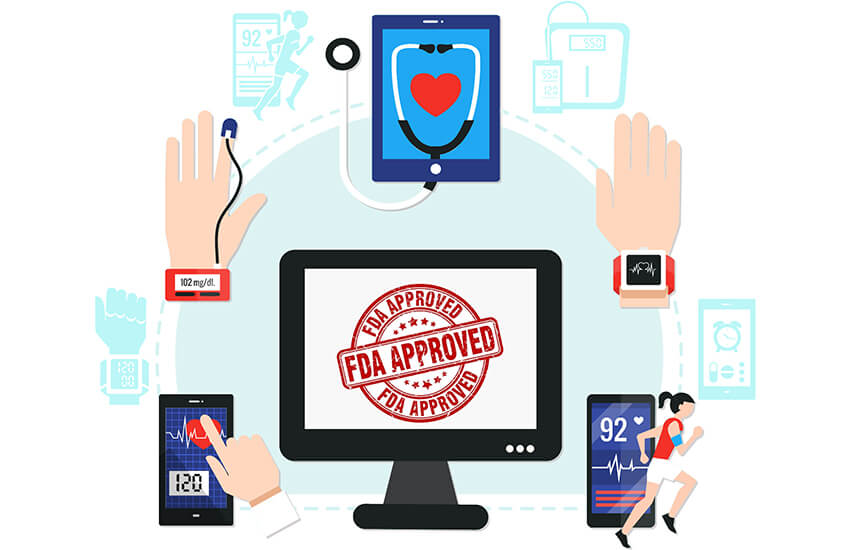
RPM monitoring technology should come with the required support. There is a list of FDA-approved remote patient monitoring devices, including support connections to devices for multiple therapeutic categories. Healthcare organizations should ensure that they choose an integration technology that supports multiple use cases and conditions with a seamless flow of information and cost-efficiency.
6. Do Organize Training

Once the integration technology and devices are developed, an important step is to organize training for staff and patient usage of the solution. This will ensure smoother operations and usability, with fewer glitches and hurdles. For example, if medical informatics are applied toward improving everyday operations through RPM, training staff towards its usage is critical to success.
Conclusion
Through constant improvisations in RPM technology and EMR integration for RPM, how patients can interact with doctors and physicians is poised to be transformed. The fusion of EHR and RPM is making disruptive breakthroughs in this domain. Engaging patients is now a reality that every healthcare organization can hope to achieve.
To gain a competitive edge, healthcare agencies must now adopt technologies that can augment their EHR systems to achieve what was originally perceived as the goal. It can go a long way in engaging patients, customizing communication between patients and doctors, and optimizing administrative tasks through intelligent development.
References:
OSP is a trusted software development company that delivers bespoke solutions as per your business needs. Connect with us to hire the best talents in the industry to build enterprise-grade software.

How can we help?
Fill out the short form below or call us at (888) 846-5382
Looking for software solutions to build your product?
Let's discuss your software solutions for your product in our free development acceleration call!
Get In Touch arrow_forwardDiscuss Your Project Handover with a team of expert Book a free consultation arrow_forward
About Author

Written by Riken Shah linkedin
Riken's work motto is to help healthcare providers use technological advancements to make healthcare easily accessible to all stakeholders, from providers to patients. Under his leadership and guidance, OSP Labs has successfully developed over 600 customized software solutions for 200+ healthcare clients across continents.







